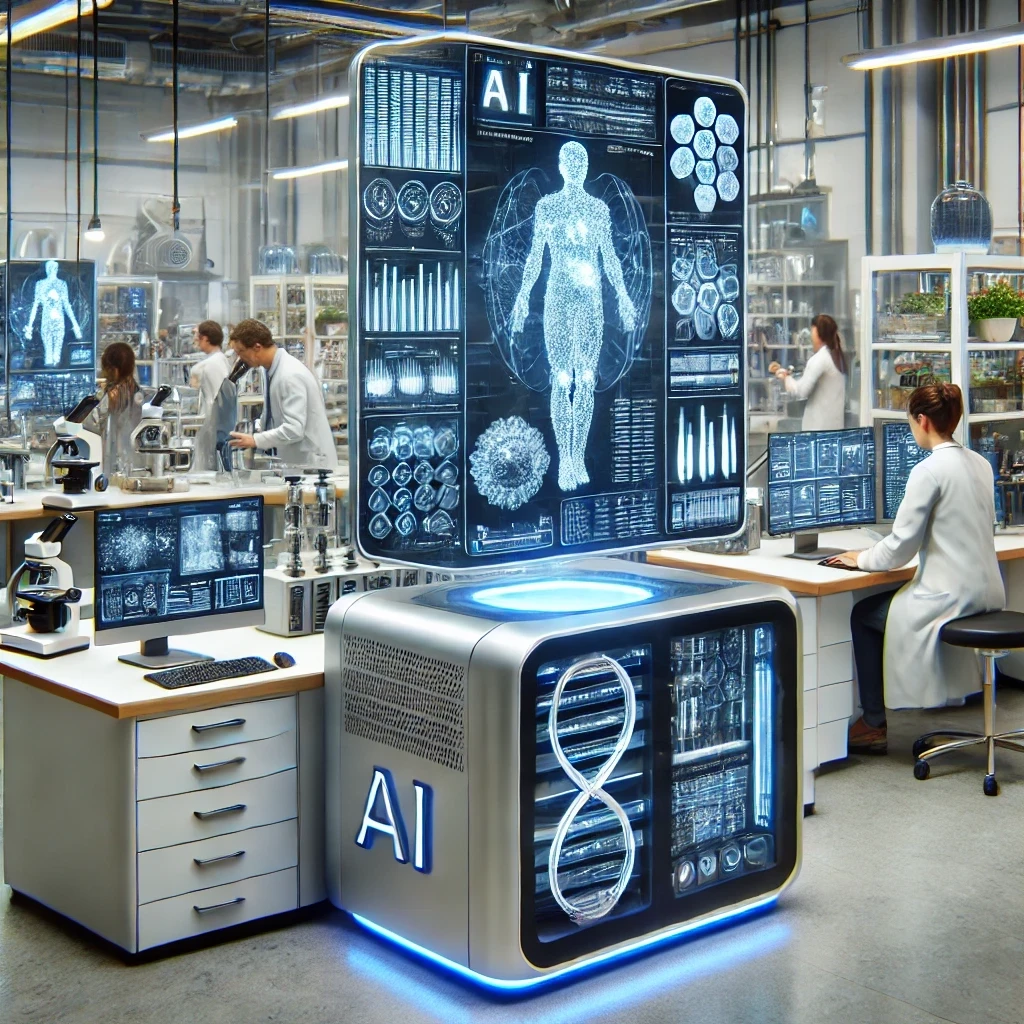Stem Cells; the Future of Drug Development?
Add bookmarkStem cells have been in the media for years now as the most promising therapeutic intervention, but their medical promise may be broader than as treatments themselves. Stem cells can be used as cellular models of disease states which is enormously important in the development of new drugs. A Perspective article by Sandra J. Engle and Dinesh Puppala published in Cell Stem Cell, outlines the use of human Pluripotent Stem Cells for not only their technological potential, but also investigated organisational, legal and financial barriers which are currently slowing their adoption. Here we summarise the key points in this insightful review.
Drug development is expensive business and the greatest dread of development is to waste time, money and opportunity on developing the wrong drug. Regularly it is reported in the news how a company’s stock has dropped in response to a new drug candidate failing in clinical trials. The candidate will have performed well in pre-clinical models to get into clinical trials, but why did those in vitro results fail to translate to similar success in in vivo experiments?
What could be partially to blame in the opinion of Engle & Puppala are poor models. Some cellular models are made to express a particular target at nonphysiological levels in order to test a candidate’s interaction with it. However this may not be representative of how interaction would occur in vivo. Biological processes are performed by systems, not individual molecules and altering the variables in a system will often have a knock-on effect.
Treating a disease in vivo is similar to conducting a full-scale battle in the woods, there are many participants interfering, enhancing or confusing each other’s efforts. Focusing only on one target without the context of the environment of the cell is equivalent to shooting a stationary target indoors in good light and declaring that battle won.
[inlinead]
Phenotypic screening, once the classical path of drug development, made way for target-based assays and are now back in vogue, this time informed by, but not reliant on, target-based methods. The other key to ensuring that conditions are as close to in vivo as possible could be the use of in vitro-differentiated human Pluripotent Stem Cells (IVD hPSC). There are many advantages of using these cells which are listed below:
- Accurately model the responses of a particular cell population. E.g. important populations such as cardiomyocytes, neurons and hepatocytes
- Unlike primary cells, these hPSCs proliferate and so do not require intrusive harvesting which may not be possible in some cases e.g. neurons
- Culturing is scalable and can be automated
- Can be made to accurately model a disease state
- Can model cell differentiation
However despite the promises of this technology, there are barriers to its introduction. One of these barriers that Engle & Puppala mention are the simple difficulties of getting any new technology introduced into an organisation. New technologies require buy-in from senior members, but they warn against over-promising results that can be delivered for a new technology as this may cause undue impatience when these promises are not achievable. Also mentioned is the fact that any new scientific technology requires the creation and assessment of new protocols. New stem cell lines too will each have to be characterised to ensure they are accurate models.
Another issue is legal. Laws governing the use of stem cells in research have a great variability across countries, a fact which may complicate international collaborations. IVD hPSC are less tightly regulated than embryonic stem cells, but they are in general still regulated.
The cells are also not a like-for-like replacement of previous assays and previous methods including cryopreservation work less well with hPSCs, which may need to be re-differentiated post-thaw. Although the cells do proliferate, they also have a limited life span. The cells can also be expensive, delicate and each line will only represent disease in one person and it is thus not necessarily a stand-in for ‘typical’ disease. Ensuring that a disease is accurately modelled is a difficult task, as it may vary from person to person or population to population. In these cases, various representative cells lines must be used to accurately model the natural variation.
Despite the drawbacks Engle & Puppala still believe that the benefits of this technology will ultimately outweigh these. They make the point that as this technology is gradually adopted in industry, new techniques, standards and protocols will drive down the price and decrease variability in the results.
IVD hPSCs are currently being employed by some teams in early stage trials, but as is pointed out in the paper, there is certainly room for them to be employed in other stages of the clinical trial process from ADME characterisation to patient segregation.
While the world’s media still frenzies over embryonic stem cells as an ethical hot topic and panacea, it may be in the quieter, but no less frenetic realms of drug development that this technology really has an impact.























